Older The Better
Silver Member
- Joined
- Apr 24, 2017
- Messages
- 3,661
- Reaction score
- 7,530
- Golden Thread
- 0
- Location
- south east kansas
- Detector(s) used
- Whites Eagle Spectrum
- Primary Interest:
- All Treasure Hunting
Amazon Forum Fav 👍
Upvote
0
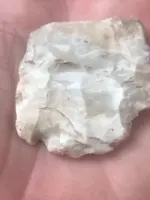
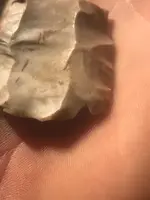
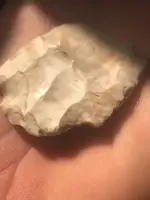
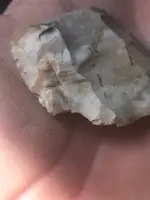
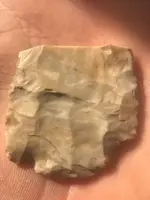
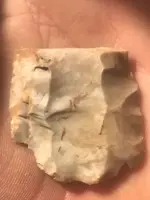
So if I’m not mistaken it was a lanceolate point with fluting on one side. Could it be the other flute failed and they had to resort to just thinning the base on that side?
Preform rather than point. Good work, gents.
the fluting process took the top off. Based on the "rounded off" appearance at the break across the flute channel, the flute spall took a dive and took the top with it.
So on the back could it be that they took a pair of flakes off to create a ridge for the main flute strike to follow?
